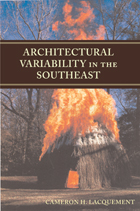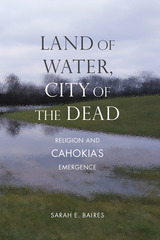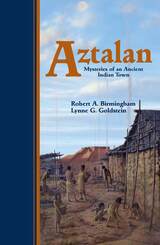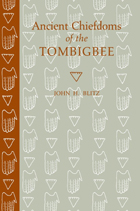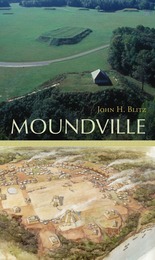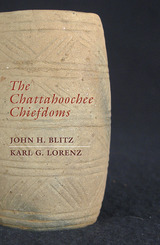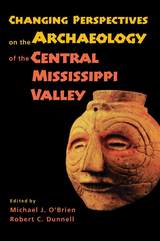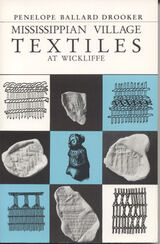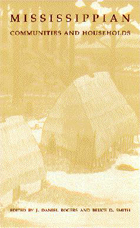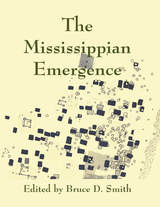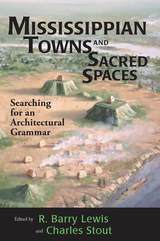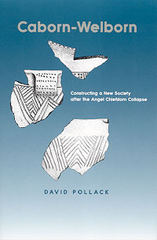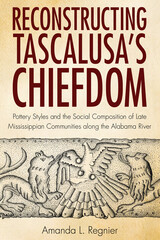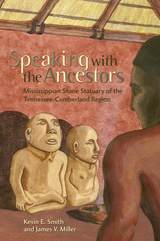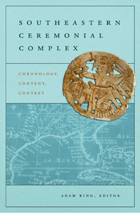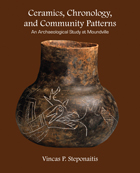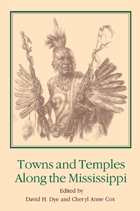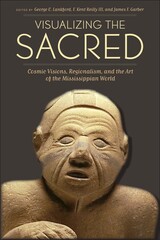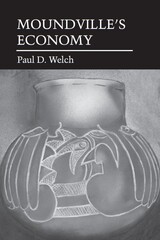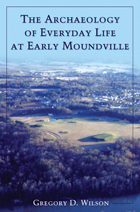The Mississippian Emergence
University of Alabama Press, 2007
Paper: 978-0-8173-5452-7 | eISBN: 978-0-8173-8430-2
Library of Congress Classification E99.M6815M56 2007
Dewey Decimal Classification 975.01
Paper: 978-0-8173-5452-7 | eISBN: 978-0-8173-8430-2
Library of Congress Classification E99.M6815M56 2007
Dewey Decimal Classification 975.01
ABOUT THIS BOOK | AUTHOR BIOGRAPHY | REVIEWS | TOC
ABOUT THIS BOOK
This collection, addressing a topic of ongoing interest and debate in American archaeology, examines the evolution of ranked chiefdoms in the Midwestern and Southeastern United States during the period A.D. 700–1200. The volume brings together a broad range of professionals engaged in the fieldwork that has vitalized the theoretical debates on the development of Mississippi Valley cultures. The initial chapter provides a general discussion of various explanations for the rise of these distinctive ranked societies in the eastern United States (A.D. 750-1050) and sets the stage for the interdisciplinary analysis from multiple viewpoints that follows. The first section discusses a cluster of individual sites in the Midwest and Southeast and reveals the parallel—and occasionally divergent—paths followed by the inhabitants as they transitioned from Late Woodland into Mississippian lifeways. The chapters in the second half discuss by region the emergence of ranked agricultural societies and examine how these networks played a role in the large-scale and roughly contemporaneous socio-political development.
Contributors:
C. Clifford Boyd Jr.
James A. Brown
R. P. Stephen Davis Jr.
John House
John E. Kelly
Richard A. Kerber
Dan F. Morse
Phyllis Morse
Martha Ann Rolingson
Gerald F. Schroedl
Bruce D. Smith
Paul D. Welch
Howard D. Winters
See other books on: Indians of North America | Mississippi River Valley | Mississippian culture | Smith, Bruce D. | Southern States
See other titles from University of Alabama Press

